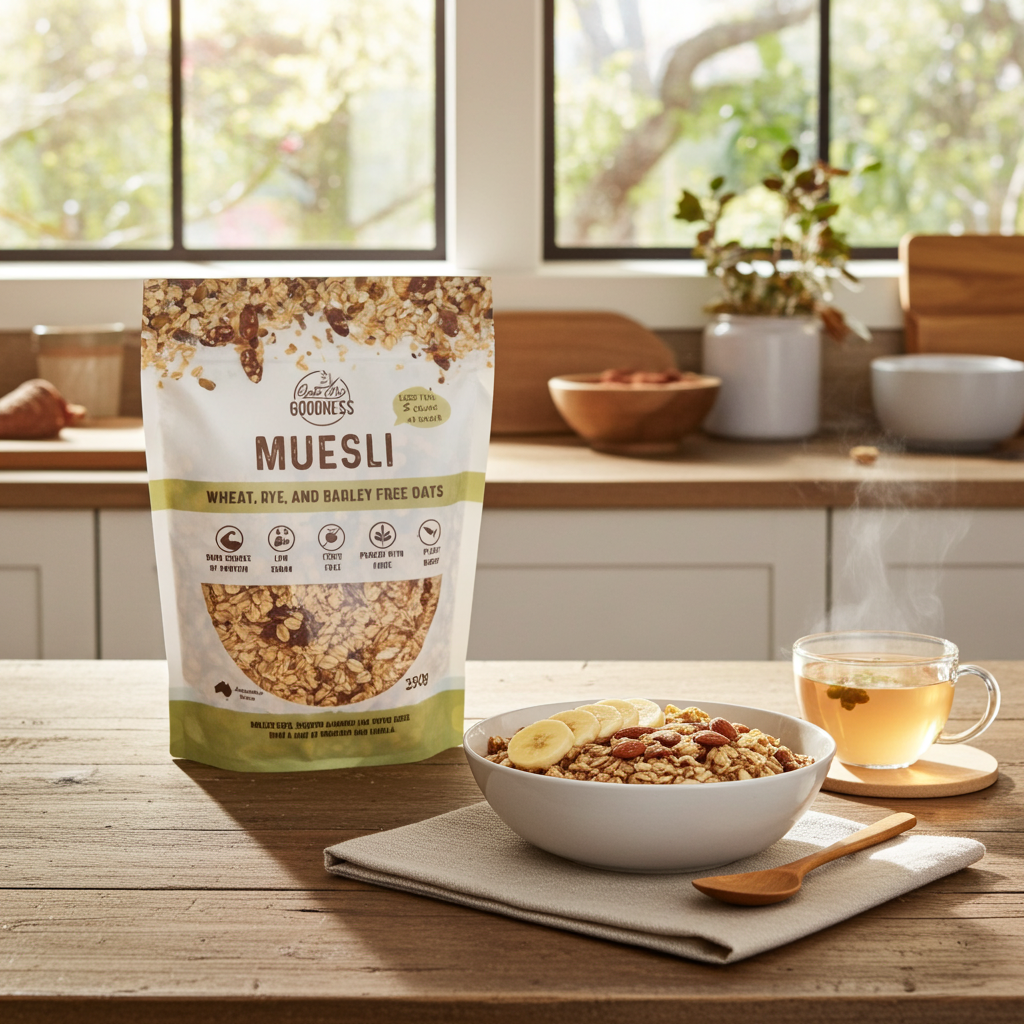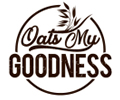A clean eating meal plan is not only intended for those who want to diet or lose weight, but it can also bring many benefits to your body in the future. It can protect you from various diseases, ensure you always get good nutrition, and let you enjoy delicious, fresh meals every day. Maintaining a healthy lifestyle and a healthy and nutritious diet can sometimes be a big challenge because clean-eating foods are considered boring and plain. Therefore, this article will explain some tips for having clean eating meal plan that are enjoyable, delightful, and energising every day.
What is Clean Eating?

Clean eating meal plan is a choice to select foods that are minimally processed and maintain their natural state, aligning with the principles of healthy eating. Some examples of clean ingredients are plant-based foods such as veggies (asparagus, salad, kale, spinach, mushrooms, cucumber), fruits (banana, avocado), whole grains, and lean proteins (chickpea, cup cooked quinoa, legumes).
By consuming these ingredients, you will not get additional ingredients that are quite harmful, such as refined sugar, additives, preservatives, and chemicals that are usually found in processed foods. Eating natural ingredients means having a healthier meal and makes them the perfect choice for anyone aiming for a healthier lifestyle.
Building a Clean Eating Meal Plan

Morning:
Consuming nutrient-rich foods, such as overnight oats or granola in the morning, is a wise choice for staying energised throughout the day. You can grab oats or granola from Oats My Goodness, which always provides customers with nutritious meals by using clean ingredients in every product.
Midday:
At midday, a wholesome bowl of Oats My Goodness Muesli, mixed with yogurt and berries, offers a filling meal that boosts your energy. However, it also provides natural sweetness so you don’t have to add refined sugar, includes essential nutrients for sustained energy, and also improves digestion. You can also have a healthy hummus as a clean-eating meal plan that contains healthy fats and plant-based foods.
Snack:
Having a snack during the day can make your day feel perfect, especially if you have a nutty snack like mixed granola for a crunchy texture, nuts, seeds, and yogurt to enhance the overall flavour. It can be a satisfying boost that keeps you focused and nourished, even though it has relatively low calories.
Evening:
You need more nutrients in the evening after a day of activity, so it’s important to focus on meals that include high-protein foods, colourful vegetables, or whole grains to round out your clean-eating approach. You can have grilled tofu with quinoa and roasted vegetables for dinner, drizzled with olive oil for extra flavour.
Tips for Clean Eating
Watch Out for Processed Foods
Clean eating means avoiding processed foods that are unhealthy for the body. Processed foods are often stripped of nutrients and packed with additives, seed oils, and preservatives that can harm gut health and energy balance. Therefore, avoid fast food or foods that contain ingredients labelled with chemicals, as these will have a negative impact on your health and do not align with healthy eating practices.
Limit Added Sugar
Sugar adds sweetness to food and beverages, making it an important ingredient to enhance overall flavour. However, consuming excessive sugar should be avoided, especially in a clean-eating meal plan recommended by a dietitian. Not only does it cause diseases such as obesity and cancer, consuming excessive sugar consumption can also lead to cancer.
To prevent those diseases, use natural sweeteners or products that do not contain refined sugar, such as Oats My Goodness, as an option for your clean-eating meal plan.
Load Up on Fruits and Vegetables
Fruits and vegetables are examples of a clean eating meal plan. They are packed with numerous nutrients, making them very healthy foods to consume. You can get vitamins, minerals, and antioxidants that boost your immune system and prevent disease by incorporating foods like broccoli and almonds into your diet. To enjoy fruits and vegetables more, you can be creative in making dishes with these ingredients that you like. For example, make fruit juice, combine fruits with overnight oats, and make homemade dishes that suit your taste preferences.
Common Mistakes People Make When Trying to “Eat Clean”
Not Meal Prepping
Planning will make it easier for you to eat clean over a longer period of time. If you don’t prepare your meals, you’ll likely feel more discouraged and fall back on convenience foods that don’t align with your goals. Try to make a meal plan and menu based on the types of food you like, and make it a daily routine, ensuring you include a variety of nutrients each day.
Thinking “Organic” or “Vegan” = Healthy
Not everything labelled organic or vegan is automatically nutritious. Many packaged foods still contain refined sugars, preservatives, or unhealthy oils. Clean eating means choosing simple, recognisable ingredients that don’t contain additives. They’re plant-based, high in protein and fibre, and made without nasties, ensuring your meals are both ethical and genuinely good for your body.
You’re Counting Calories
Focusing solely on calories overlooks food quality. Clean eating is about nutrient density, not numbers. A calorie from refined sugar isn’t the same as one from oats, nuts, or fruit. By prioritising whole, high-protein, fibre-rich foods, you naturally feel fuller and more energised, supporting a healthy metabolism and balanced appetite, without obsessing over calorie counts.
Frequently Asked Questions
What is the healthiest meal plan?
The healthiest clean eating meal plan focuses on balance, variety, and moderation, incorporating whole, minimally processed foods in meals and snacks. It includes whole, minimally processed foods, such as fruits, vegetables, lean proteins, and fibre-rich options to provide sustained energy and essential nutrients. A well-rounded plan nourishes your body while supporting long-term health and wellbeing.
How to start eating clean and healthy?
Start by choosing foods with ingredients you can recognise and understand. Replace heavily processed snacks with natural options such as fruit, nuts, or vegetables. Gradually reducing refined sugars and preservatives helps your body adjust to a cleaner, more energising way of eating.
Is Greek yogurt clean eating?
Yes, Greek yogurt can absolutely fit into a clean-eating lifestyle, provided it’s made with simple ingredients and free of added sugars or artificial flavours. It’s naturally high in protein and probiotics, supporting muscle repair and gut health.
Conclusion
Clean eating is about progress, not perfection. By making small, mindful swaps with a clean-eating meal plan, you set yourself up for lasting energy, better digestion, and a happier gut. With simple, clean ingredients and nourishing meals that fit any lifestyle, eating healthy becomes effortless.
Discover the goodness today at Oats My Goodness and make every bite count.







